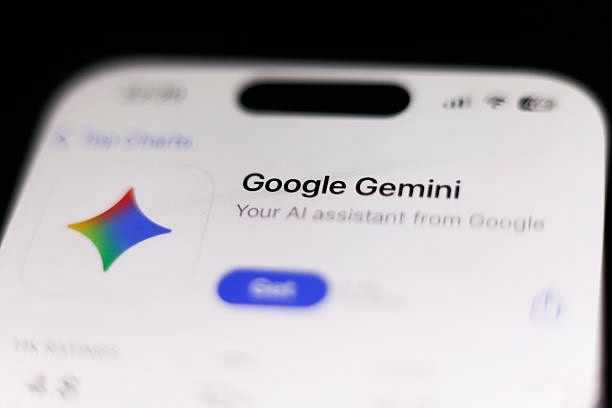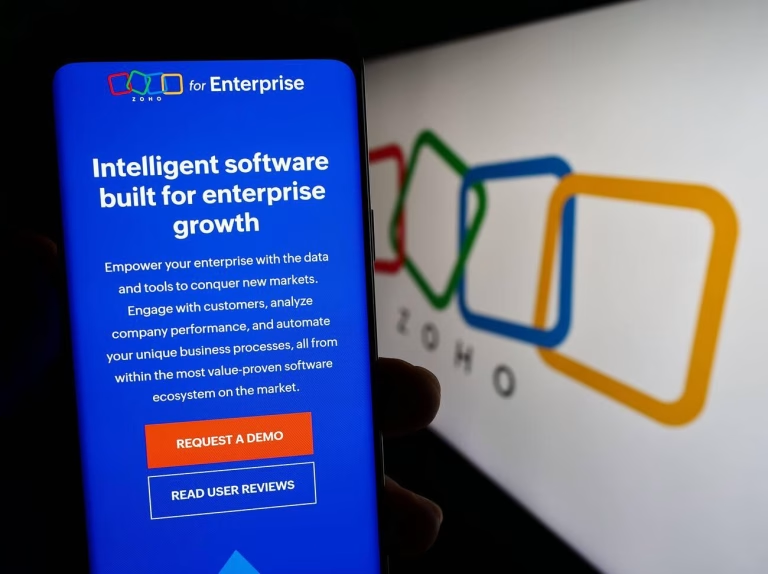Introduction
iPhone 17 Air Launch: Apple’s Lightest Smartphone Redefines the Future of Mobile DevicesApple has built a reputation for innovation, and every new iPhone release brings a wave of excitement across the world. The announcement of the iPhone 17 Air is no different. Branded as Apple’s lightest and sleekest flagship device yet, the iPhone 17 Air is more than just another yearly upgrade. It signals a new direction for Apple, where portability, sustainability, and performance come together in one device.
While Apple has used the “Air” branding for laptops and tablets in the past, this is the first time the iPhone line gets an Air variant. The decision reflects Apple’s focus on slim and lightweight designs that cater to users who prefer mobility without sacrificing power.
Why the “Air” Branding Matters
The word “Air” has always carried weight in Apple’s ecosystem. The MacBook Air, launched in 2008, set the benchmark for thin and light laptops, while the iPad Air offered a balanced option between the standard iPad and the Pro series. By extending this philosophy to the iPhone, Apple is introducing a new category within its smartphone lineup.
For consumers, this means choice. The iPhone 17 Air is positioned as a device that provides the performance and premium experience of an iPhone but in a form factor that is lighter and easier to carry. Tech experts believe this move could attract a new segment of users who value minimalism and portability over heavy-duty pro features.
Design and Build Quality
Apple’s design philosophy has always revolved around simplicity, elegance, and usability. The iPhone 17 Air continues this legacy with a body that is reportedly less than 7 millimeters thick and weighs under 150 grams. Despite being lighter, Apple has not compromised on durability.
The device is expected to feature aerospace-grade aluminum edges combined with ceramic shield glass on the front, offering resistance against drops and scratches. It is also likely to maintain IP68 water and dust resistance, ensuring it remains as practical as it is stylish.
Apple’s environmental focus is visible here as well. Reports suggest that the iPhone 17 Air will use 100 percent recycled aluminum and a higher proportion of recycled rare-earth materials in its components.
Display Technology
The iPhone 17 Air will feature a 6.1-inch OLED display with ProMotion technology, offering a 120Hz refresh rate for smoother scrolling and improved gaming. HDR support, higher peak brightness, and improved energy efficiency are also expected.
This makes the iPhone 17 Air an excellent device for streaming, browsing, and everyday use. While it may not match the Pro models in terms of peak brightness or resolution, it strikes a balance between performance and efficiency.
Performance: A19 Bionic Chip
At the heart of the iPhone 17 Air lies the A19 Bionic chip, Apple’s latest in-house processor. Built on a 3-nanometer architecture, the chip is designed for improved speed, efficiency, and thermal management.
Early benchmarks indicate that the A19 Bionic provides up to 20 percent faster CPU performance and 30 percent better GPU performance compared to its predecessor. It also incorporates advanced AI and machine learning capabilities, which will enhance photo processing, voice recognition, and app performance.
For users, this means smoother multitasking, faster app launches, and improved gaming performance — all without draining the battery as quickly.
Camera Innovations
The iPhone 17 Air is expected to include a dual-camera system with significant AI-driven improvements. While the Pro models will continue to lead with triple-lens setups and advanced zoom capabilities, the Air will focus on delivering an all-rounder camera experience.
Key rumored features include:
- A 48 MP main sensor with improved low-light performance
- An ultra-wide 12 MP lens for landscape and group shots
- AI-powered portrait mode enhancements
- 4K video recording at 60 fps
- Better night photography with computational image processing
Apple has also hinted at new software features in the Camera app, such as Smart HDR 6, which could make photos look more natural in mixed lighting conditions.
Battery Life and Charging
One of the biggest challenges for a slim phone is battery life. Apple has reportedly tackled this with improved power management in the A19 chip and more energy-efficient display technology.
The iPhone 17 Air is said to deliver up to 22 hours of video playback, a significant improvement over previous slim models. Charging will continue through Apple’s MagSafe technology, with support for 30W fast charging and Qi2 wireless charging.
Software and iOS 19
The iPhone 17 Air will ship with iOS 19, Apple’s latest operating system. iOS 19 introduces several new features, including smarter widgets, improved AI-based suggestions, and stronger privacy controls. The tight integration between hardware and software will ensure the Air runs smoothly and efficiently.
Users can also expect seamless updates, better app optimization, and exclusive Apple ecosystem benefits, such as iCloud+, Apple Music, and Apple Arcade.
Pricing and Availability
Apple is expected to price the iPhone 17 Air slightly below the Pro models while keeping it higher than the standard iPhone 17. Industry insiders predict a starting price of $899 in the US, which could translate to around ₹79,900 in India.
The device is expected to launch globally in September 2025, with pre-orders opening within a week of the Apple Event. Availability will cover major markets, including the United States, Europe, India, and parts of Asia.
Comparison with Other iPhones
The iPhone 17 Air sits between the standard iPhone 17 and the iPhone 17 Pro models.
- Compared to iPhone 17: The Air offers a more premium build, better display, and lighter weight.
- Compared to iPhone 17 Pro: The Air lacks advanced camera systems and Pro-exclusive features like ProMotion HDR peak brightness, but it is more affordable and lighter.
- Compared to iPhone SE: The Air delivers modern design and flagship-level performance, whereas the SE remains Apple’s budget-friendly choice.
This middle-ground positioning makes the iPhone 17 Air ideal for users who want style and performance without paying for Pro-level extras.
Market Impact
Apple’s decision to launch an Air variant of the iPhone could set a new trend in the smartphone market. While competitors are focusing on foldable phones and larger displays, Apple is betting on slimmer, lighter devices.
If the iPhone 17 Air succeeds, it may push other smartphone makers like Samsung, OnePlus, and Xiaomi to explore similar lightweight flagship models.
For Apple, the Air branding reinforces its image as a design-first company, appealing to younger buyers and professionals who value portability.
Expert Opinions
Tech analysts have praised Apple for creating a new space within the iPhone lineup. According to market experts, the iPhone 17 Air could become one of the best-selling models in Apple’s portfolio due to its balanced features and attractive price point.
Some critics, however, argue that removing advanced features like telephoto zoom may limit its appeal for photography enthusiasts.
User Expectations and Early Reactions
Social media platforms are already buzzing with excitement. Many Apple fans appreciate the lightweight design and sustainability push. Others are curious to see how the Air will perform against the Pro models.
In countries like India, where portability and affordability are major factors, the iPhone 17 Air could prove especially popular.
Pros and Cons
Pros
- Slim and lightweight design
- Powerful A19 Bionic chip
- Improved battery life
- Eco-friendly build materials
- More affordable than Pro models
Cons
- No triple-camera setup
- Lower peak brightness compared to Pro models
- Limited Pro-exclusive software features
What makes the iPhone 17 Air different from the iPhone 17 Pro?
The Air is lighter, thinner, and more affordable, while the Pro models offer advanced cameras and premium materials.
Will the iPhone 17 Air support MagSafe?
Yes, it will support MagSafe and Qi2 wireless charging.
Is the iPhone 17 Air good for gaming?
With the A19 Bionic chip and ProMotion display, it is well-suited for gaming.
When will the iPhone 17 Air launch?
Apple is expected to launch the iPhone 17 Air in September 2025.
What is the expected price of the iPhone 17 Air in India?
The base model is likely to start around ₹79,900.
Conclusion
The iPhone 17 Air is not just another iPhone. It represents Apple’s commitment to design innovation, portability, and sustainability. With its slim profile, powerful performance, and eco-friendly build, it is likely to appeal to a wide range of users who want a premium experience without the bulk of Pro models.
If the past success of Apple’s Air-branded products is any indication, the iPhone 17 Air may redefine what users expect from a modern smartphone.



